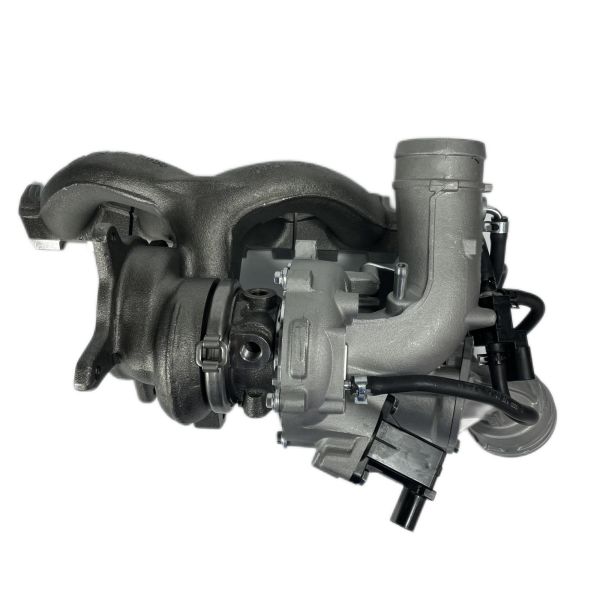Do you know what is the composition of the exhaust gas turbocharging system?
Exhaust gas turbocharging system composition: turbocharger / wastegate valve / intercooler
(1) Turbocharger
A turbocharger is a type of exhaust gas that needs to rely on exhaust gas to work. After heated exhaust gas, it expands in a short time to compress the air entering the interior, which improves the efficiency of the engine. Since the heated exhaust gas can achieve corresponding expansion in a relatively short time, the turbine can be effectively driven to rotate. Important parts of turbocharger: compressor/turbine/intermediate. Among them, the internal structure and bearing of the intermediate body play an important role in supporting.
(2) Wastegate valve
The wastegate valve is close to the turbocharger and is closely related in the application process, and it can function in dependence on each other. In particular, the air pressure entering the turbocharger should not be too large, otherwise it will cause certain damage to the engine device. The key role of the wastegate valve is to adjust the pressure in the air and adjust the incoming air pressure to meet the requirements of engine operation. Opening the wastegate valve will reduce air pressure, closing it will return the pressure to normal.
(3) Intercooler
The key part in the exhaust gas turbocharging system is the intercooler. Although it is relatively common, its key role is to achieve heat exchange. , The intercooler can better adjust the temperature of the high-pressure air entering the system, reduce its temperature, and effectively prevent explosions. The installation position of the intercooler is between the turbocharger and the combustion chamber. Generally, after the air enters the turbocharger, the temperature gradually increases, and the cooler expands to play its regulating role. When the air temperature is appropriate, it is discharged into the combustion chamber. The air entering the combustion chamber is cooled. At this time, the air gas will shrink, and the density of the air will increase accordingly, at this time, more air will enter the combustion chamber to effectively improve the combustion efficiency. In addition, the temperature of the air treated by the intercooler will also be reduced, reducing the damage to the engine and preventing the explosion phenomenon.

